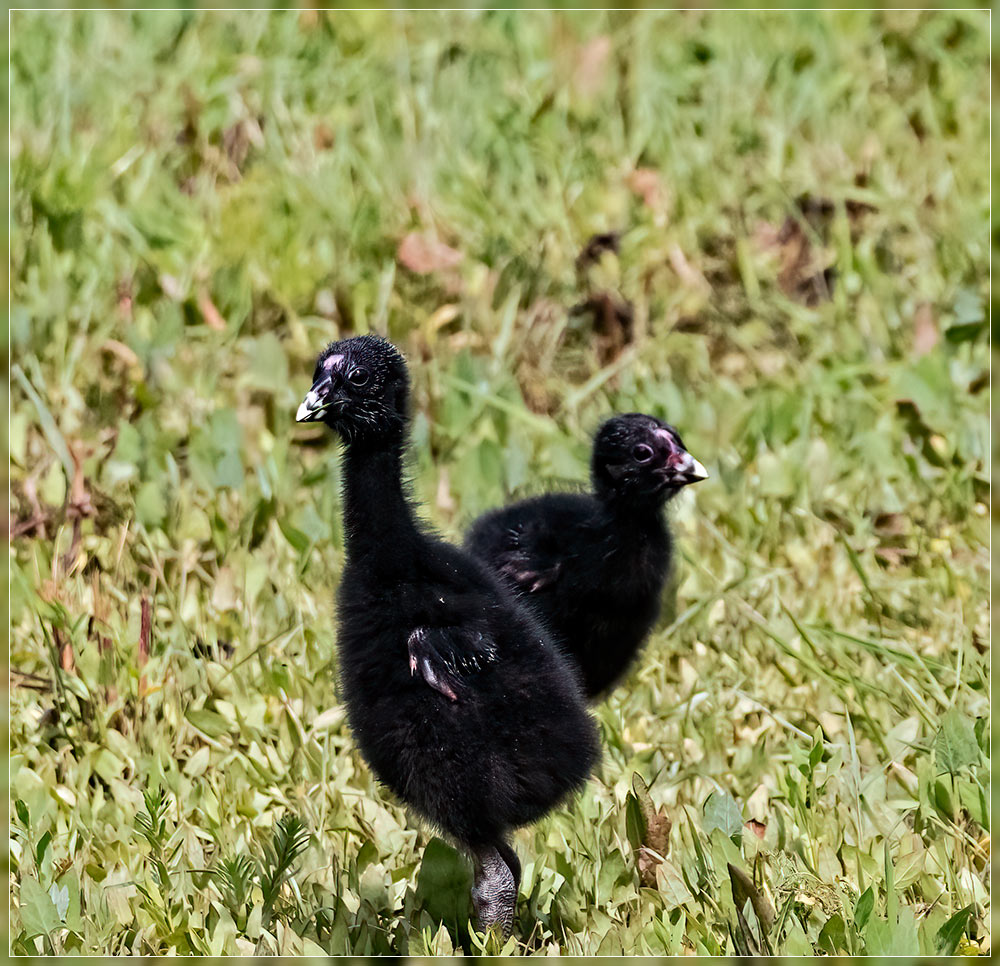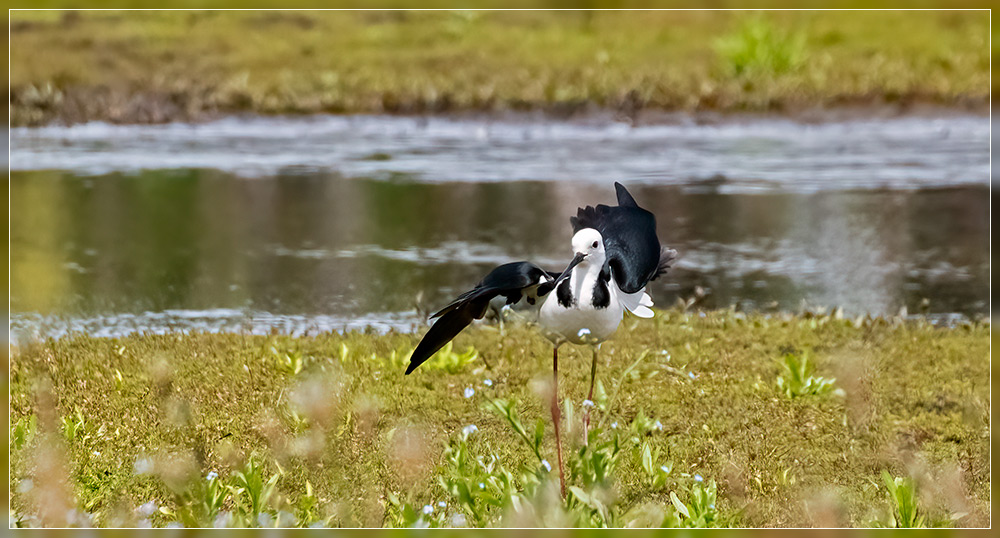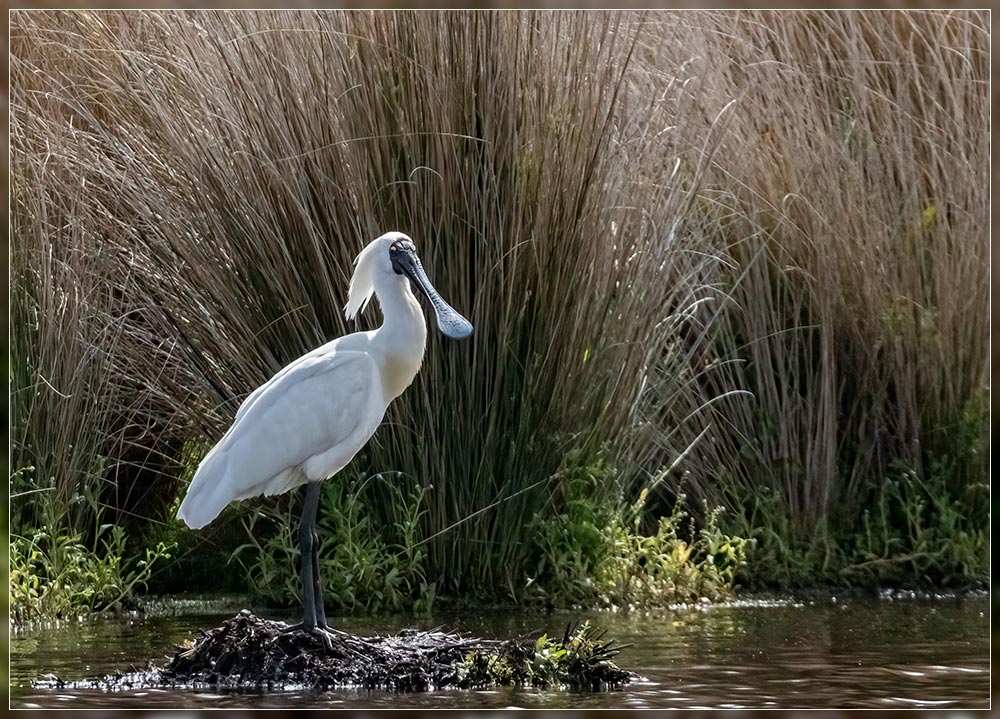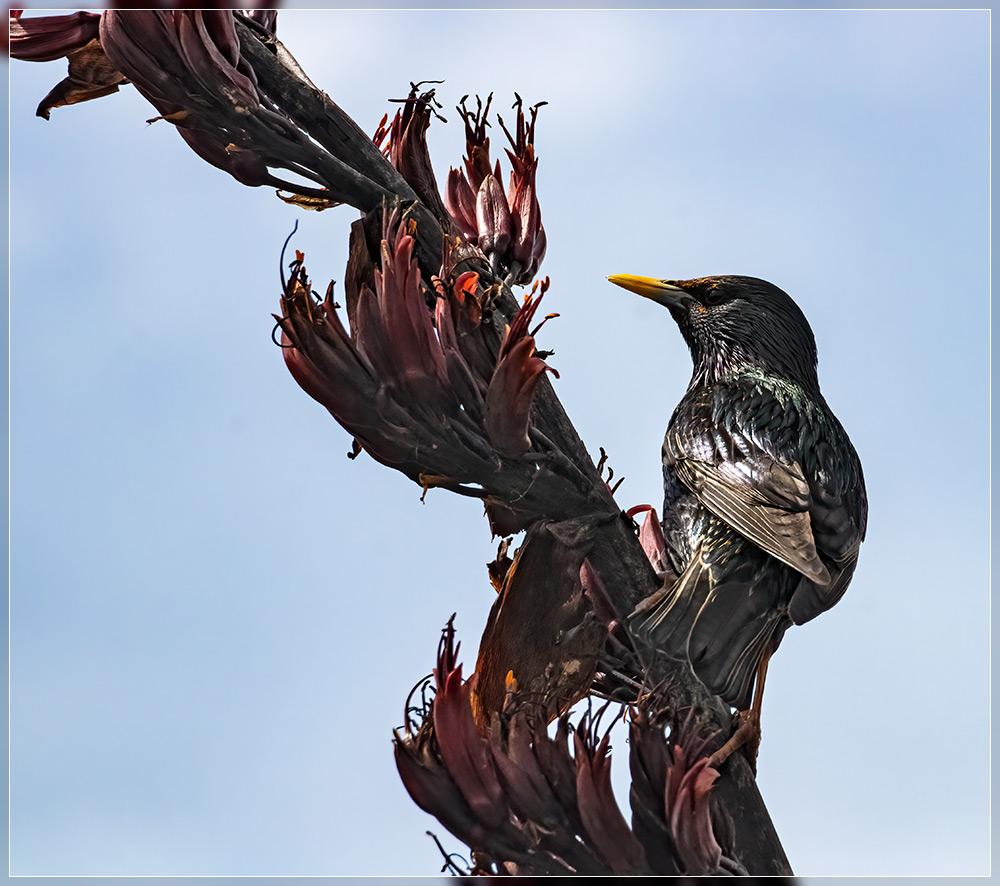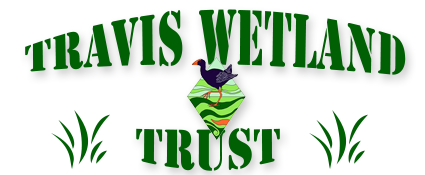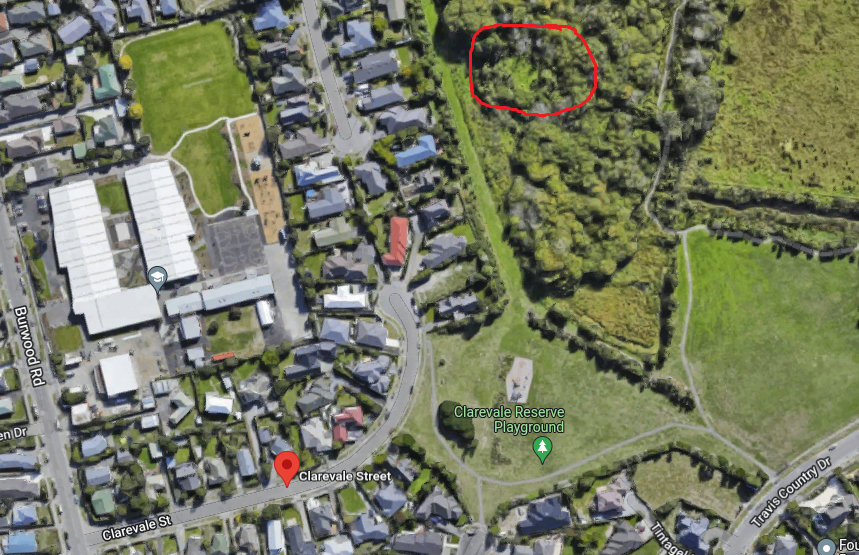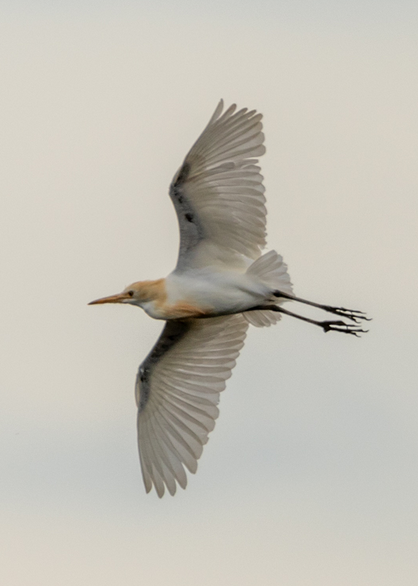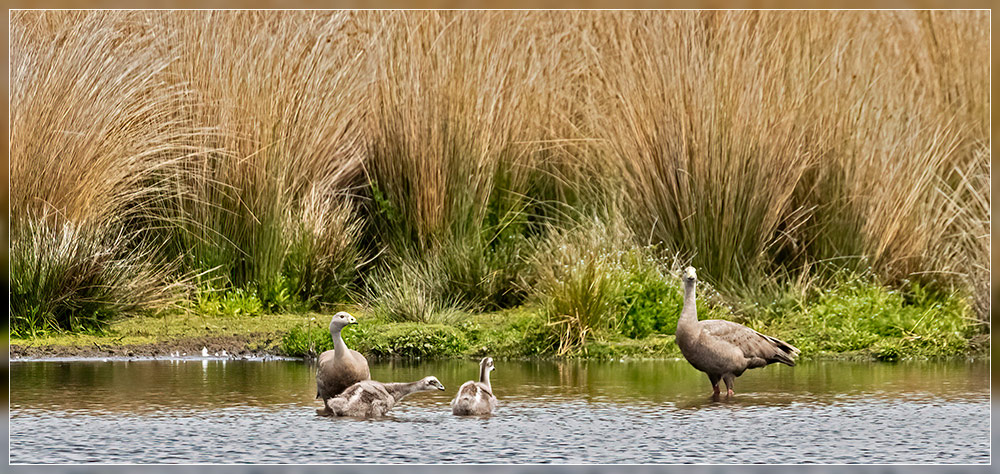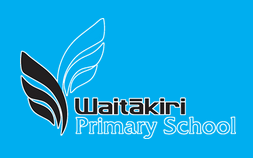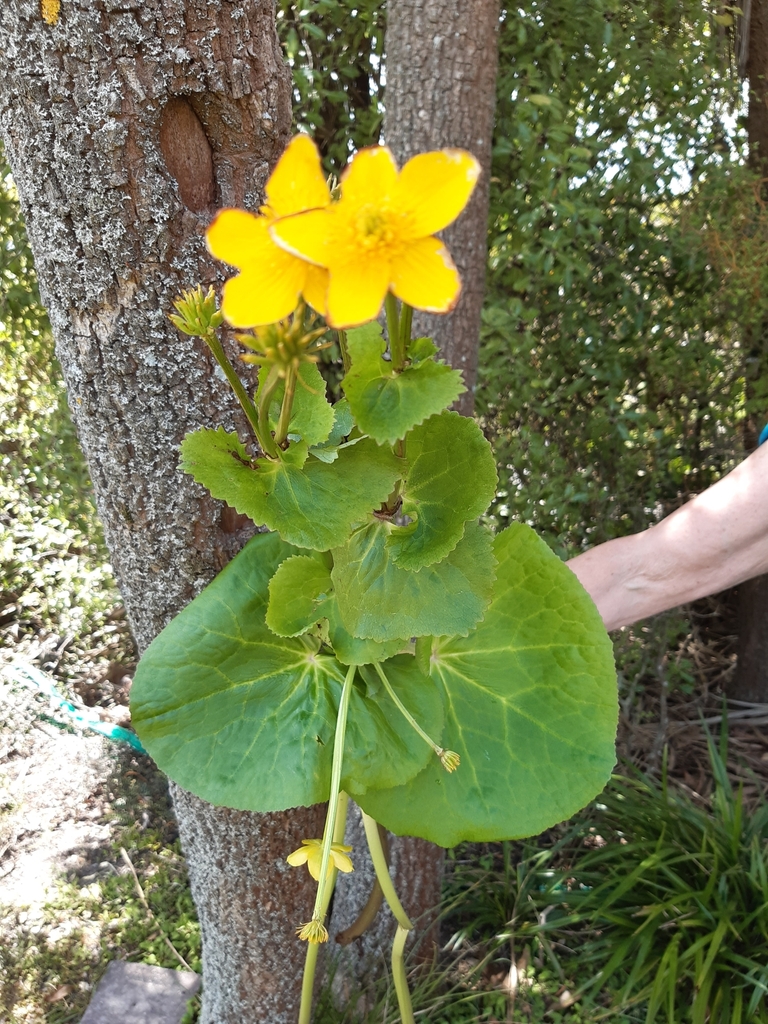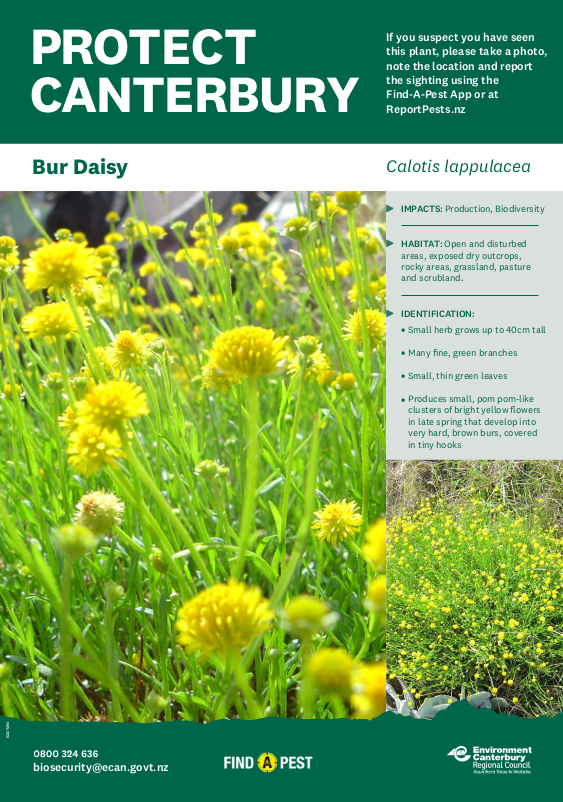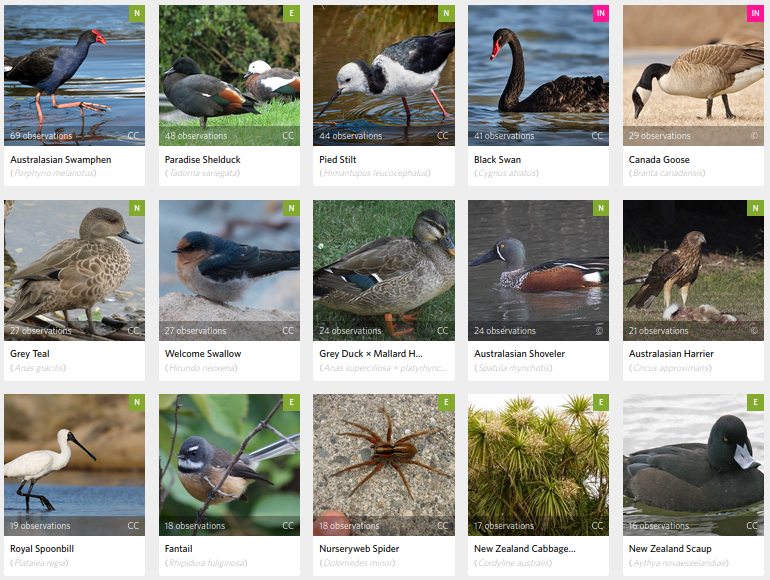Work Day Reminder, December 17 2022
The next monthly work day will be from 9.00am – noon this coming Saturday.
This month we’ll be working in from the western edge of the wetland north from Clarevale Reserve (Clarevale St side). We will be working on an area partly prepared for scattering manuka seed and we need to newspaper the rest of it. There is also plenty of Convolvulus to be controlled. If you arrive late come directly to Clarevale Reserve and if you still can’t spot us then call Dave on 021 043 7128.
After we’re finished we’ll have a BBQ at the Education Centre to celebrate the end of the year.
All tools provided. It may be wet underfoot, so gumboots are advised. If you don’t own any we do have some for loan. Please bring your own gloves if you can.
Latest News
Report on Last Month’s Work Day, 19 November
The November work day was rained off and as it was pouring down we don’t expect anyone turned up. An email was sent out by 8am to alert people to the situation and that’s what we’ll do in future. So if in future you’re not sure if the work day is going ahead check your email inbox at 8am for a cancellation notice.
Bird Observations
Cattle Egret
On 24 November a Cattle Egret was spotted by John Stewart near the Frosts/Travis Rds roundabout. This is the first record of this species for a decade or more. They arrive from Australia in diminishing numbers as the population declines over there. “A small, stocky egret, similar in size to a white-faced heron, but not as slim and with a shorter neck.” “The cattle egret is a widely but patchily distributed Australian migrant, reaching New Zealand in variable numbers each autumn to overwinter. It is generally found associating with cattle and sheep.” More information on NZ Birds Online.
Cape Barren Geese
Over recent years first one and then two Cape Barren geese have been seen at Travis. This past winter the two paired up and in November they were seen with two chicks. Presumably the first time this species has bred at Travis. Cape Barren geese are from Bass Strait and SE Australia. They do not normally fly long disances as those found in NZ are almost certainly released or escaped captive birds, perhaps from Peacock Springs. There’s more information and images on NZ Birds Online.
Article: Dave Evans, Images: John Stewart and Grahame
Waitākiri School Donation
Following the October planting days Enviro Leaders from Waitākiri School organised a Spring Dress up day to raise funds for the Travis Wetland Trust. There were many amazing spring costumes that students had created and the students managed to raise a total of $415.60! We really appreciate the support of Watākiri School through coming to plant some trees for us each year and now also raising money to help the Trust buy more plants and enhance the nature heritage park in other ways too. The partnership with the school is super encouraging.
Weeds
Marsh Marigold – Caltha palustris
In late October Eleanor found a new weed at Travis – a Marsh Marigold (Caltha palustris) . It’s a native of wet locations in temperate regions of the northern hemisphere. On iNaturalist there have been a few observations across Aotearoa NZ over the past couple of years. Wikipedia says that “is planted as an ornamental throughout temperate regions in the world”, so presumably it is a garden escapee. It remains to be seen how invasive it will be. It’s a perennial that dies down in autumn and flowers in the Spring. It has a host of common names: “kingcup, also brave bassinets, crazy Beth, horse blob, Molly-blob, May blob, mare blob, boots, water boots, meadow-bright, bullflower, meadow buttercup, water buttercup, soldier’s buttons, meadow cowslip, water cowslip, publican’s cloak, crowfoot, water dragon, drunkards, water goggles, meadow gowan, water gowan, yellow gowan, goldes, golds, goldings, gools, cow lily, marybuds, and publicans-and-sinners”. The buoyant seeds are water dispersed, so it’s good that Eleanor caught the one at Travis before it seeded!
Bur Daisy
Probably not relevant to Travis but a notice for a new pest plant came through from ECan recently. The bur daisy is an invasive herb that impacts biodiversity values by outcompeting similar native plants in especially in dry rocky outcrops. Keep an eye out for it around Canterbury.
Presidential Reflections at AGM
At the October AGM Colin Meurk gave his reflections on Travis Wetland for the year. Here are the notes he spoke from.
Our Community
We have such a wonderful team working together for the beauty of nature and life.
At a time of suspicion and distrust of government; we are a model partnership between local government and community.
John, Kenny, our Trust and volunteer and Wednesday workers. We would have lost so much without them. Eleanor, Wayne, Shona, Grahame, Denise, Dave, Beryl, John D, Pat, Sue, Mika, Mike, Bruce, Sean, Jane …
Nature
Tōtara and kahikatea seedlings are still popping up, while mataī and pōkaka are fruiting, but still to find their first progeny (we have seedlings after 30 years at other sites). The dripping bore has beautiful buttercups (waoriki) and hairless Leptinella flowering. The rock and scree gardens are providing new forms of butterfly habitat. The iNaturalist NZ Place summary [of the most frequently observed species is shown in the adjacent image].
Larger Community & Vision
160 000 visits per year – represents the whole diverse community – you see people relaxed, smiling, enjoying the nature, learning, sharing that momentarily. It is like the recreation of the village and an example of meditative and health inducing Shinrin Yoku – walking in the woods and wetlands engaging with the wildlife.
We can see this as part of a bigger picture – Travis/Ōruapaeroa as a key element of the eco-sanctuary proposition and in turn feeding into a Garden Park City and the international brand of National Park City.
This is what will make our city fit for the future – connecting people and nature and Ōtautahi-Christchurch being a destination and place-to-be.
Dr Colin Meurk
Images from Grahame
